Request a proposal Receive a proposal within one hour!
-
Service & Language Selection
-
Text Upload & Contact Details
Writing system
Both French and Danish use the same writing system — the Latin alphabet. It means that usually the translated text can be displayed, using the same fonts as the source text. This lack of difference makes it easier to make the source and the target text be the same length. Please note, however, that the languages employ different sub-types (a.k.a. scripts) of the alphabet. Some fonts of the source language may not support all the signs in the target language.
Writing direction
Both languages are read left-to-right, meaning that there should be no significant changes to the layout in terms of the order of text elements.
Word length
Both languages have a similar average word length — 6 for French, and 7 for Danish. Thus, the word length should not affect the layout.
Text length
On average, documents translated to French are 13% longer than source texts in Danish. On the other hand, Danish texts are 11% shorter than their French counterparts. It means that some formatting differences are to be expected in the translated texts, although they should not present a serious formatting issue. Please note, that the actual visual length is also influenced by the font used.
Word order
Depending on your needs, the word order might be rather important for the translation. Things like slogans and brand names may convey an entirely different meaning, if their word order is changed.
Both French and Danish have the same standard sequence of words, meaning that no additional problems should be caused by it.
Dialects and varieties
French has 2 major varieties: Metropolitan, and Canadian. It is essential for you to choose, which form or dialect to translate to. This is because each variety, from the point of view of the other types, can feel unnatural, misleading, or plainly inappropriate for the text.
If you are not sure, which form to choose for your document, the safe choice is the more widespread one, or the one understood by most speakers. For French, it is the Metropolitan variety.
Translation complexity
Translation complexity is partially dependent on how closely the languages are related. The further apart the languages are, the more time and effort it takes to express an idea from one language in another one. As a consequence, it affects the price and time it takes to translate a document between French and Danish.
Both French and Danish belong to the Indo-European language family. The French language, however, represents the Romance branch of the family, while Danish is a member of the Germanic branch. It is not as drastic of a difference as between members of distinct families, but the discrepancy still provides some challenge to the translator.




